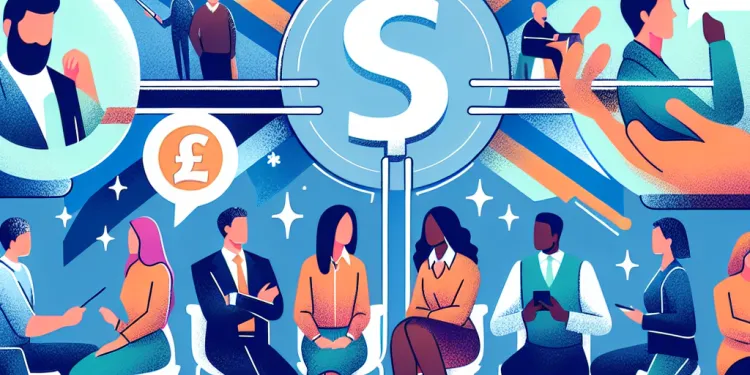
Find Help
More Items From Ergsy search
-
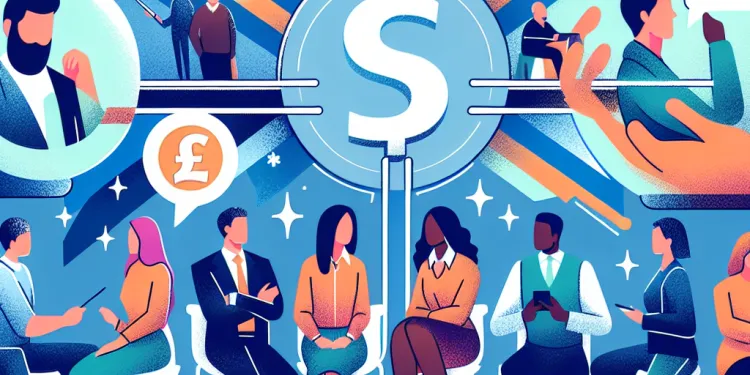
How does autism affect communication?
Relevance: 100%
-

What is Autism?
Relevance: 71%
-

Is there an autism test?
Relevance: 67%
-

What are the signs of autism?
Relevance: 67%
-

Autism: Graeme's story | NHS
Relevance: 66%
-

What is the autism spectrum?
Relevance: 65%
-

What causes autism?
Relevance: 65%
-
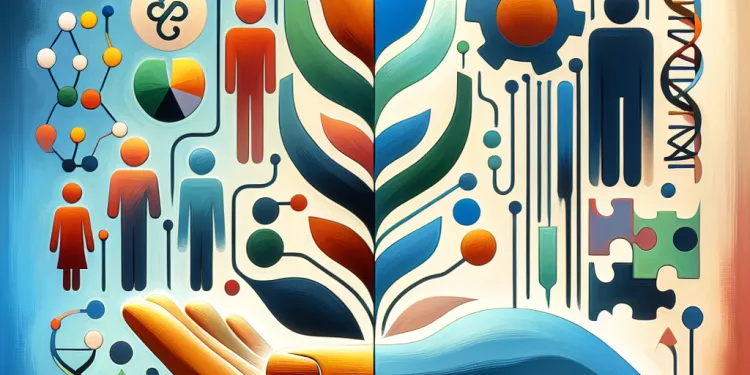
Is there a genetic component to autism?
Relevance: 64%
-

How is autism diagnosed?
Relevance: 64%
-

Autism - My Story - Adrian | NHS
Relevance: 64%
-

How prevalent is autism?
Relevance: 63%
-

Can autism be cured?
Relevance: 62%
-
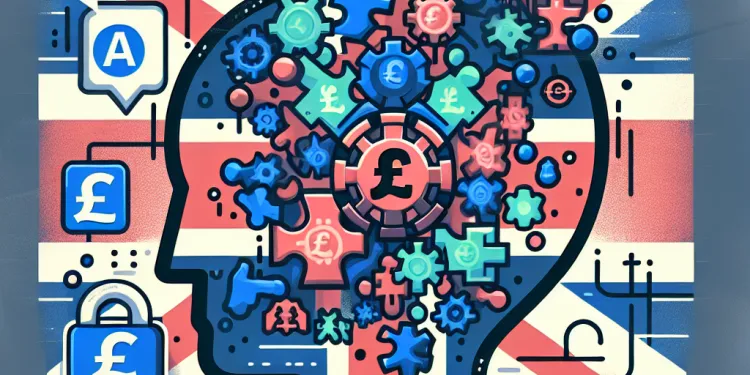
Can adults have autism?
Relevance: 62%
-
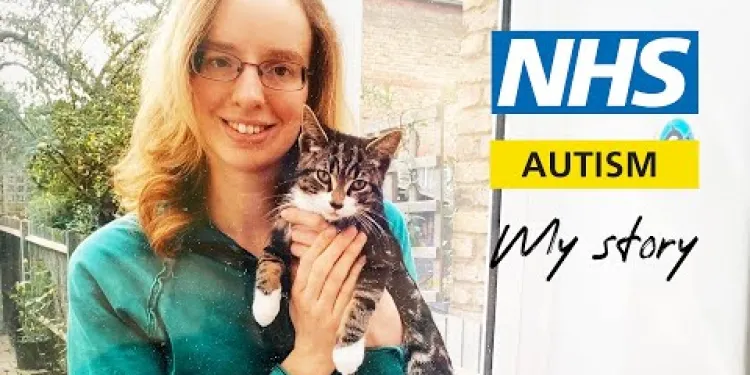
Autism - My Story - Rosalind | NHS
Relevance: 62%
-

What are some common therapies for autism?
Relevance: 61%
-

Can people with autism lead independent lives?
Relevance: 61%
-

How can families support a member with autism?
Relevance: 60%
-

Is paracetamol linked to autism?
Relevance: 59%
-
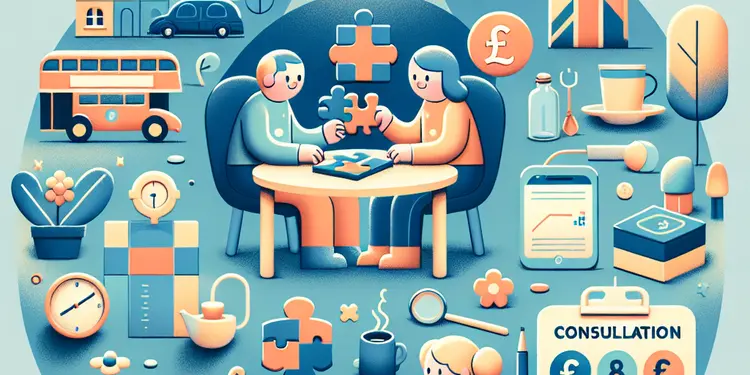
What advice is available for parents concerned about autism risks?
Relevance: 58%
-

What can cause autism, if not paracetamol?
Relevance: 58%
-

Autism Assessment - What Happens in Your Appointment
Relevance: 57%
-

What role do sensory issues play in autism?
Relevance: 57%
-

What is the difference between autism and Asperger's syndrome?
Relevance: 57%
-

Is autism more common in boys or girls?
Relevance: 57%
-

How can early intervention help children with autism?
Relevance: 56%
-

Are vaccines linked to autism?
Relevance: 56%
-

Is there any scientific evidence that links paracetamol use to autism?
Relevance: 52%
-

The NHS Long Term Plan for learning disability and autism
Relevance: 52%
-

Why is there concern about paracetamol and autism?
Relevance: 50%
-

Is there any risk of using paracetamol outside of pregnancy with regard to autism?
Relevance: 49%
-

What kind of studies are conducted to investigate links between medications and autism?
Relevance: 47%
-

How important is communication in primary care support?
Relevance: 45%
-
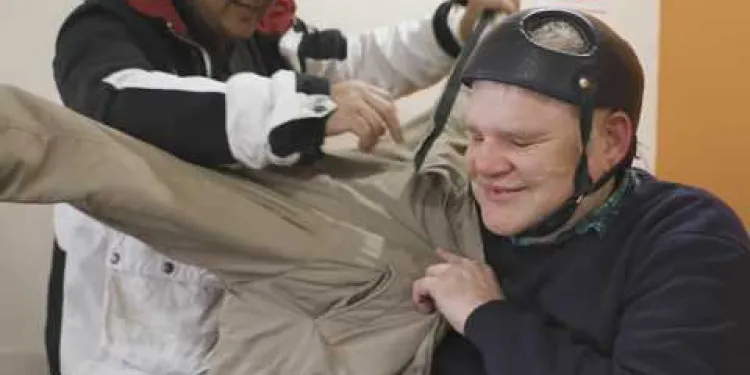
Transforming Care for people with Learning Disabilities and/ or Autism: Peter's Story
Relevance: 42%
-

How are hosepipe ban restrictions communicated to the public?
Relevance: 42%
-

We are autistic | NHS
Relevance: 39%
-

NHS-led Provider Collaboratives: improving mental health, learning disability and autism services
Relevance: 36%
-

Redundancy Crusader and Annabel Kaye on communications in redundancy (5).MTS
Relevance: 34%
-

What are the limitations of studies examining paracetamol use and autism?
Relevance: 34%
-

Has paracetamol been linked to other developmental issues besides autism?
Relevance: 29%
-

Have any major health organizations advised against using paracetamol during pregnancy due to autism concerns?
Relevance: 28%
Introduction
Autism Spectrum Disorder (ASD) is a developmental condition that can significantly affect how individuals communicate and interact with others. In the UK, it is estimated that over 700,000 people are on the autism spectrum. Understanding the nuances of how autism affects communication is essential for creating inclusive environments and providing appropriate support.
Challenges in Verbal Communication
One of the primary challenges faced by individuals with autism is in verbal communication. Many people on the spectrum may experience difficulties with spoken language. This can range from delayed language development to an inability to speak at all. Some individuals may have a limited vocabulary and might struggle to initiate or sustain conversations. Others, while verbally fluent, may find it challenging to modulate tone, volume, and speed of speech, which can impact how their messages are perceived.
Non-Verbal Communication Issues
Non-verbal communication can also present difficulties for people with autism. Reading and interpreting non-verbal cues such as facial expressions, body language, and gestures can be challenging. Individuals with autism may not use typical gestures or body language themselves, which can lead to misunderstandings in social situations. Eye contact, which is an essential part of non-verbal communication, may be uncomfortable for some, making interactions more complex.
Difficulties with Social Cues
Social cues are often the unspoken rules of communication, and individuals with autism might find these particularly challenging. Understanding the subtleties of communication, such as sarcasm, idioms, and implied meanings, can be difficult. This can make navigating social situations daunting, as people with autism might take language very literally.
Repetitive and Restricted Language
Some individuals with autism may have a tendency towards repetitive language, also known as echolalia. They might repeat phrases or sentences they have heard, sometimes without fully understanding their meaning. This behaviour can be a form of processing language or a way to communicate when other forms of language are not accessible.
Support and Strategies
Several strategies and interventions can support individuals with autism in enhancing their communication skills. Speech and language therapy is often a vital part of helping children and adults improve both verbal and non-verbal communication. Visual supports, such as picture exchange communication systems (PECS), can aid those who are non-verbal. Additionally, creating environments that are sensitive to sensory needs can help reduce anxiety and improve communication efficacy.
Conclusion
Understanding how autism affects communication is crucial for supporting individuals on the spectrum in the UK. By recognizing the challenges and implementing appropriate strategies, society can foster more inclusive environments that enable individuals with autism to communicate more effectively and participate fully in their communities.
Frequently Asked Questions
What is autism?
Autism, or Autism Spectrum Disorder (ASD), is a developmental disorder characterized by difficulties with social interaction, communication, and repetitive behaviors.
How does autism affect communication?
Autism affects communication by causing difficulties in understanding and using verbal and non-verbal language, leading to challenges in expressing needs, understanding spoken language, and interpreting social cues.
Can individuals with autism communicate verbally?
Yes, many individuals with autism can communicate verbally, but they may have challenges with the nuances of language, such as tone, volume, and the rhythm of speech.
What are common communication challenges faced by individuals with autism?
Common challenges include difficulty with understanding abstract language, maintaining back-and-forth conversations, interpreting facial expressions, and recognizing sarcasm or jokes.
Are non-verbal communication methods used by individuals with autism?
Yes, some individuals with autism may use non-verbal methods such as gestures, facial expressions, picture exchange systems, or communication devices to convey their needs and thoughts.
Why do individuals with autism struggle with eye contact?
Individuals with autism may find direct eye contact uncomfortable or overwhelming, as it requires interpreting complex non-verbal cues, which can be stressful for them.
Do individuals with autism understand body language?
Individuals with autism may have difficulty interpreting body language and might miss or misinterpret cues, which can lead to misunderstandings in social interactions.
Can speech therapy help individuals with autism improve communication?
Yes, speech therapy can be beneficial in helping individuals with autism develop communication skills, including both verbal and non-verbal communication.
What is AAC and how does it help individuals with autism?
AAC stands for Augmentative and Alternative Communication and includes methods like communication boards or electronic devices that help individuals express themselves without relying solely on speech.
How does autism affect understanding of spoken language?
Individuals with autism may have difficulty processing and understanding spoken language, leading to challenges with following instructions or understanding complex sentences.
What role does routine play in communication for individuals with autism?
Routine provides a predictable structure that can reduce anxiety and improve an individual’s capacity to communicate effectively by providing a familiar context.
How can parents and caregivers support communication in children with autism?
Parents and caregivers can support communication by using clear and simple language, providing visual supports, being patient, and using consistent routines.
What is echolalia and how is it related to autism?
Echolalia is the repetition of phrases or sounds and is common in individuals with autism. It can be a way for them to process language, communicate needs, or express themselves.
Do communication challenges in autism improve with age?
Communication skills may improve with age and appropriate interventions, but challenges often persist. Progress varies from person to person.
What is joint attention and how is it affected by autism?
Joint attention, the ability to focus on an object or event with another person, can be challenging for individuals with autism, impacting their ability to share experiences and interests.
Can visual supports improve communication for individuals with autism?
Yes, visual supports such as schedules, picture cues, and symbols can help individuals with autism understand instructions and express their needs more effectively.
Why might individuals with autism have a unique way of speaking?
Individuals with autism might have a unique way of speaking due to differences in their language development, including the use of unusual intonation, pitch, or phrasing.
How does sensory processing affect communication in autism?
Sensory processing difficulties can affect communication by making certain environments overwhelming, which can lead to challenges with concentration and attention during interactions.
What is the role of social stories in supporting communication for individuals with autism?
Social stories are used to teach social norms and expectations in specific situations, helping individuals with autism understand and navigate social interactions more effectively.
How important is early intervention in improving communication for children with autism?
Early intervention can be crucial in improving communication skills in children with autism by providing tailored support and strategies during critical developmental periods.
Useful Links
- Ergsy carfully checks the information in the videos we provide here.
- Videos shown by Youtube after a video has completed, have NOT been reviewed by ERGSY.
- To view, click the arrow in centre of video.
- Most of the videos you find here will have subtitles and/or closed captions available.
- You may need to turn these on, and choose your preferred language.
- Go to the video you'd like to watch.
- If closed captions (CC) are available, settings will be visible on the bottom right of the video player.
- To turn on Captions, click settings .
- To turn off Captions, click settings again.
More Items From Ergsy search
-

How does autism affect communication?
Relevance: 100%
-

What is Autism?
Relevance: 71%
-

Is there an autism test?
Relevance: 67%
-

What are the signs of autism?
Relevance: 67%
-

Autism: Graeme's story | NHS
Relevance: 66%
-

What is the autism spectrum?
Relevance: 65%
-

What causes autism?
Relevance: 65%
-

Is there a genetic component to autism?
Relevance: 64%
-

How is autism diagnosed?
Relevance: 64%
-

Autism - My Story - Adrian | NHS
Relevance: 64%
-

How prevalent is autism?
Relevance: 63%
-

Can autism be cured?
Relevance: 62%
-

Can adults have autism?
Relevance: 62%
-

Autism - My Story - Rosalind | NHS
Relevance: 62%
-

What are some common therapies for autism?
Relevance: 61%
-

Can people with autism lead independent lives?
Relevance: 61%
-

How can families support a member with autism?
Relevance: 60%
-

Is paracetamol linked to autism?
Relevance: 59%
-

What advice is available for parents concerned about autism risks?
Relevance: 58%
-

What can cause autism, if not paracetamol?
Relevance: 58%
-

Autism Assessment - What Happens in Your Appointment
Relevance: 57%
-

What role do sensory issues play in autism?
Relevance: 57%
-

What is the difference between autism and Asperger's syndrome?
Relevance: 57%
-

Is autism more common in boys or girls?
Relevance: 57%
-

How can early intervention help children with autism?
Relevance: 56%
-

Are vaccines linked to autism?
Relevance: 56%
-

Is there any scientific evidence that links paracetamol use to autism?
Relevance: 52%
-

The NHS Long Term Plan for learning disability and autism
Relevance: 52%
-

Why is there concern about paracetamol and autism?
Relevance: 50%
-

Is there any risk of using paracetamol outside of pregnancy with regard to autism?
Relevance: 49%
-

What kind of studies are conducted to investigate links between medications and autism?
Relevance: 47%
-

How important is communication in primary care support?
Relevance: 45%
-

Transforming Care for people with Learning Disabilities and/ or Autism: Peter's Story
Relevance: 42%
-

How are hosepipe ban restrictions communicated to the public?
Relevance: 42%
-

We are autistic | NHS
Relevance: 39%
-

NHS-led Provider Collaboratives: improving mental health, learning disability and autism services
Relevance: 36%
-

Redundancy Crusader and Annabel Kaye on communications in redundancy (5).MTS
Relevance: 34%
-

What are the limitations of studies examining paracetamol use and autism?
Relevance: 34%
-

Has paracetamol been linked to other developmental issues besides autism?
Relevance: 29%
-

Have any major health organizations advised against using paracetamol during pregnancy due to autism concerns?
Relevance: 28%


